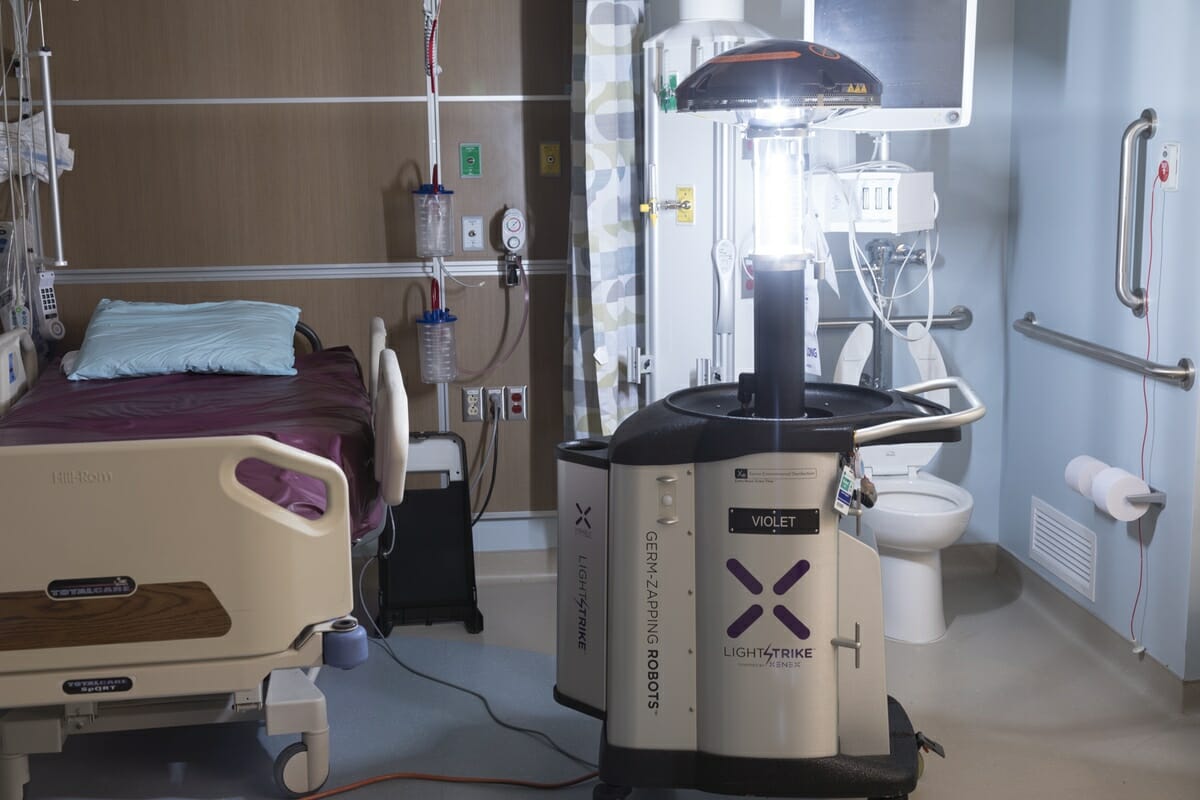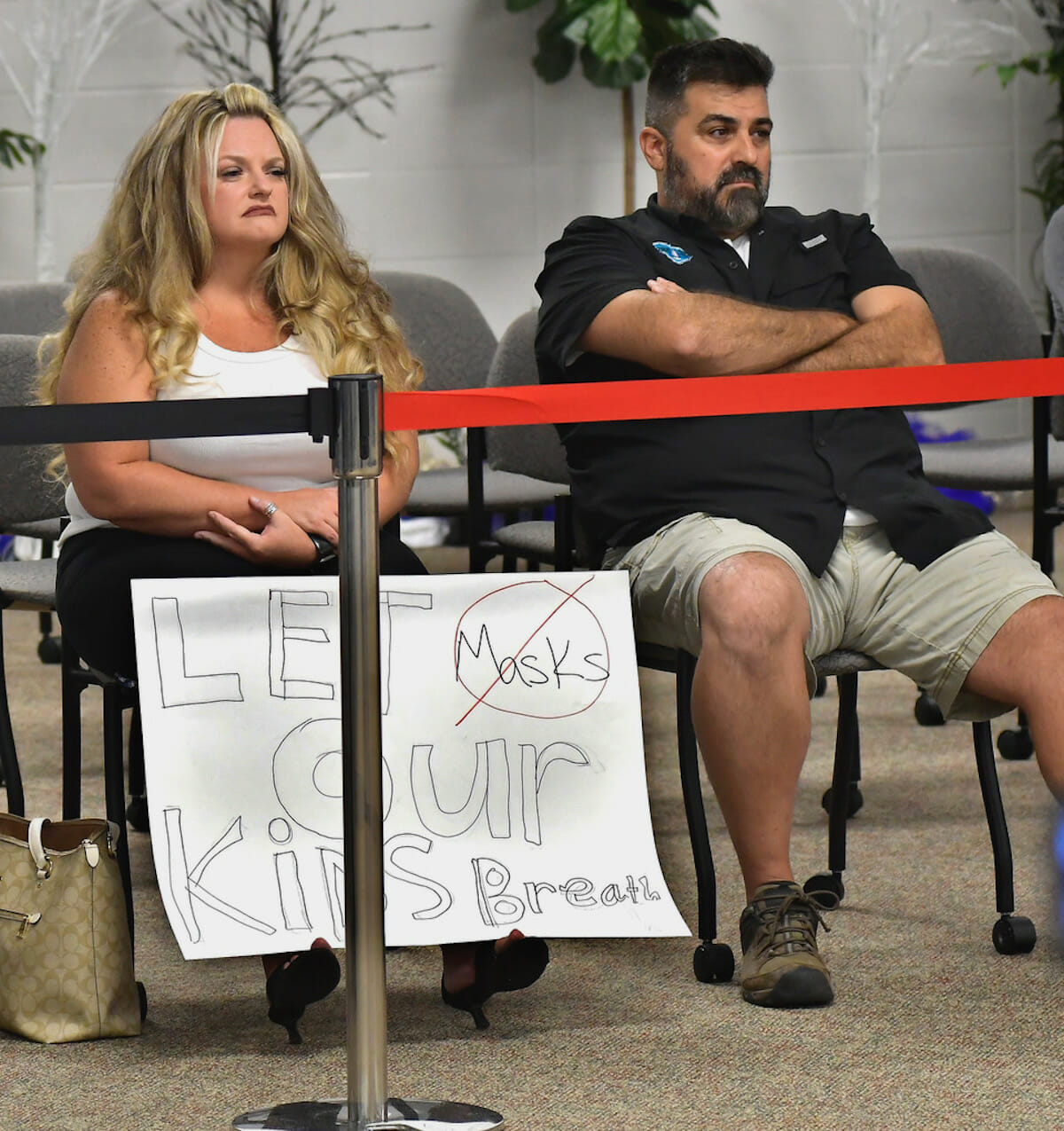By Marie McAden
Beaufort Memorial Hospital’s high-tech disinfecting robot has added another microbial villain to its list of germ-destroying superpowers. Testing has shown the Xenex LightStrike Robot is 99.99 percent effective in eradicating SARS-CoV-2, the strain of coronavirus responsible for the global pandemic.
“We are one of only two hospitals in the state – and the only one in the Lowcountry – with the LightStrike germ-zapping robot,” Beaufort Memorial Patient Safety Officer Ashley Hildreth said. “It’s a powerful tool that our custodial staff has been using since 2016 as part of our stringent cleaning and infection prevention protocols.”
The hospital invested in the $100,000 LightStrike system to help reduce the spread of antibiotic-resistant bacteria like MRSA and C.diff. Nicknamed Violet, the robot uses high-intensity pulses of ultraviolet light to provide full spectrum disinfection.
In tests performed last month at the Texas Biomedical Research Institute – one of the world’s leading independent research institutes working exclusively on infectious diseases – the LightStrike robot destroyed SARS-CoV-2 in two minutes. It is the only ultraviolet disinfection technology proven to work on the deadly novel coronavirus.
The LightStrike disinfecting robot is currently being used by more than 500 healthcare facilities around the world, including the Mayo Clinic and MD Anderson Cancer Center.
At Beaufort Memorial, Violet has been reassigned to specifically target the coronavirus and keep the highly infectious viral menace from spreading within the hospital. It is currently being used in the rooms of discharged COVID-19 patients and those awaiting COVID-19 test results, as well as emergency department rooms occupied by patients treated for respiratory issues. As a precaution, it is still disinfecting operating rooms between surgeries.
Here’s how it works:
After a room has been cleaned and thoroughly wiped down with disinfectant, Birdie Wright, a specially trained environmental services technician, wheels in the robot and sets it up to zap any germs left behind on surfaces, fixtures and furniture. Violet scans the room to make sure no one is present and then raises to her full height of 5-foot 2-inches and begins her work.
The pulsed xenon lamps in the robot generate bursts of high-intensity ultraviolet rays, hundreds of times more intense than sunlight. The flash of germicidal light damages the cell structure and stops the DNA repair mechanism for most microorganisms and pathogens – even those lurking in shadowed areas – in less than five minutes.
“Nurses and staff can put their cell phones, badges, stethoscopes and other personal items in the room to disinfect them as well,” Hildreth said. “By controlling the germs in these places, we are able to reduce the bioburden in the entire hospital.”





